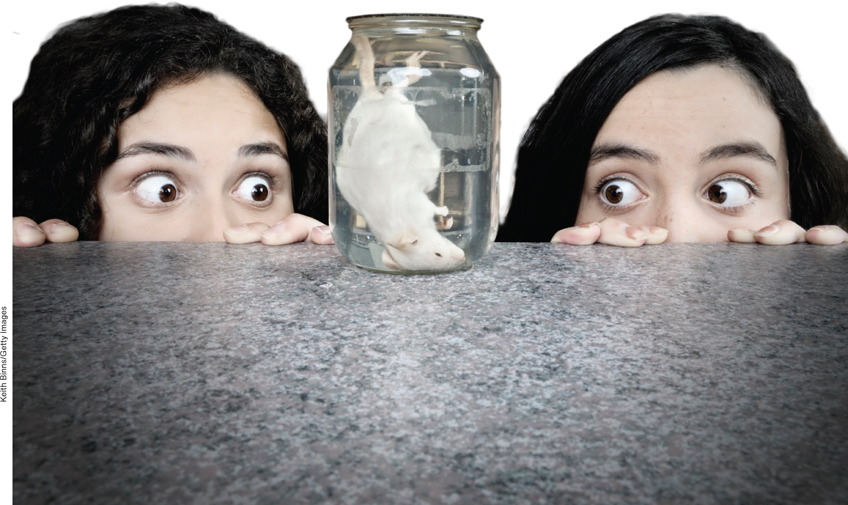Chapter 15 Introduction
15Treatment of Psychological Disorders
476

477
 Treatment: Getting Help to Those Who Need It
Treatment: Getting Help to Those Who Need It- Why Many People Fail to Seek Treatment
- THE REAL WORLD Types of Psychotherapists
- Approaches to Treatment
- CULTURE & COMMUNITY Treatment of Psychological Disorders around the World
 Psychological Treatments: Healing the Mind through Interaction
Psychological Treatments: Healing the Mind through Interaction- Psychodynamic Therapy
- Humanistic and Existential Therapies
- Behavioral and Cognitive Therapies
- HOT SCIENCE “Rebooting” Psychological Treatment
- Group Treatments: Healing Multiple Minds at the Same Time
 Medical and Biological Treatments: Healing the Mind by Physically Altering the Brain
Medical and Biological Treatments: Healing the Mind by Physically Altering the Brain- Antipsychotic Medications
- Antianxiety Medications
- Antidepressants and Mood Stabilizers
- Herbal and Natural Products
- Combining Medication and Psychotherapy
- Biological Treatments beyond Medications
- OTHER VOICES Diagnosis: Human
 Treatment Effectiveness: For Better or for Worse
Treatment Effectiveness: For Better or for Worse- Treatment Illusions
- Treatment Studies
- Which Treatments Work?

“TODAY WE’RE GOING TO BE TOUCHING A DEAD MOUSE I SAW IN THE ALLEY OUTSIDE MY OFFICE BUILDING,” Dr. Jenkins said. “OK, let’s do it, I’m ready,” Christine responded. The pair walked down to the alley and spent the next 50 minutes touching, then stroking, the dead mouse. They then went back upstairs to plan out what other disgusting things Christine was going to touch over the next 7 days before coming back for her next therapy session. Yes, this is all part of the psychological treatment of Christine’s obsessive-
478
In this chapter, we will explore the most common approaches to psychological treatment. We will examine why people need to seek psychological help in the first place, and then we will explore how psychotherapy for individuals is built on the major theories of the causes and cures of disorders, including psychoanalytic, humanistic, existential, behavioral, and cognitive theories. We also will look into biological approaches to treatment that focus on directly modifying brain structure and function. We will discuss whether treatment works and also look to the future by exploring some exciting new directions in the assessment and treatment of disorders using innovative technologies.